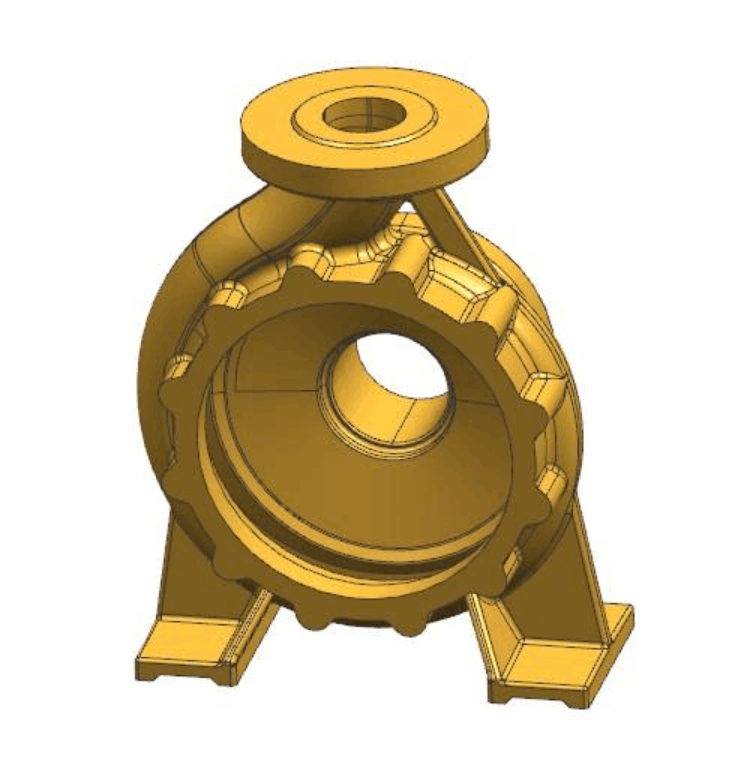
Lost Foam Casting, also known as Evaporative Pattern Casting or Full Mold Casting, is a process that has many advantages, including the ability to create complex metal parts with high levels of detail and accuracy. However, despite these benefits, Lost Foam Casting is often not considered a cost-effective choice for production, especially when compared to other casting methods such as investment casting.
One of the main reasons for this is the high tooling and processing costs associated with Lost Foam Casting. The process requires the creation of a polystyrene foam mold, which must be carefully carved or machined to the desired shape. This can be a time-consuming and labor-intensive process, especially for large or complex parts. Additionally, the foam mold must be coated with a ceramic slurry or refractory material to create a shell that can withstand the high temperatures of the molten metal. This coating process also adds to the overall cost of the production.
Another factor that contributes to the higher cost of Lost Foam Casting is the need for specialized equipment and expertise. The process requires specialized sand molds or flasks, as well as equipment for pouring and controlling the flow of molten metal. Additionally, the process must be carefully monitored to ensure that the foam mold evaporates completely and that the molten metal fills the void without causing any defects or imperfections in the final product.
In contrast, investment casting, also known as precision casting, is a process that has been widely adopted for production due to its cost-effectiveness. Investment casting involves the use of a wax pattern that is duplicated in a ceramic shell. The ceramic shell is then heated to remove the wax, leaving behind a hollow mold that is filled with molten metal. Because the wax pattern is easily melted away, investment casting requires less specialized equipment and expertise compared to Lost Foam Casting.
Furthermore, investment casting is generally more efficient in terms of material usage. The ceramic shell used in investment casting is reusable, which means that it can be used multiple times for different castings. In contrast, the foam mold used in Lost Foam Casting is completely evaporated during the casting process and must be replaced for each new casting.
Lastly, investment casting is often more versatile than Lost Foam Casting. While Lost Foam Casting is well-suited for creating complex metal parts, investment casting can be used to create a wider range of products, including those with thin walls or intricate details.
While Lost Foam Casting has many advantages, including the ability to create complex metal parts with high levels of detail and accuracy, it is often not considered a cost-effective choice for production due to the high tooling and processing costs associated with the process. In comparison, investment casting is a more popular choice for production due to its lower costs, greater efficiency, and versatility.
